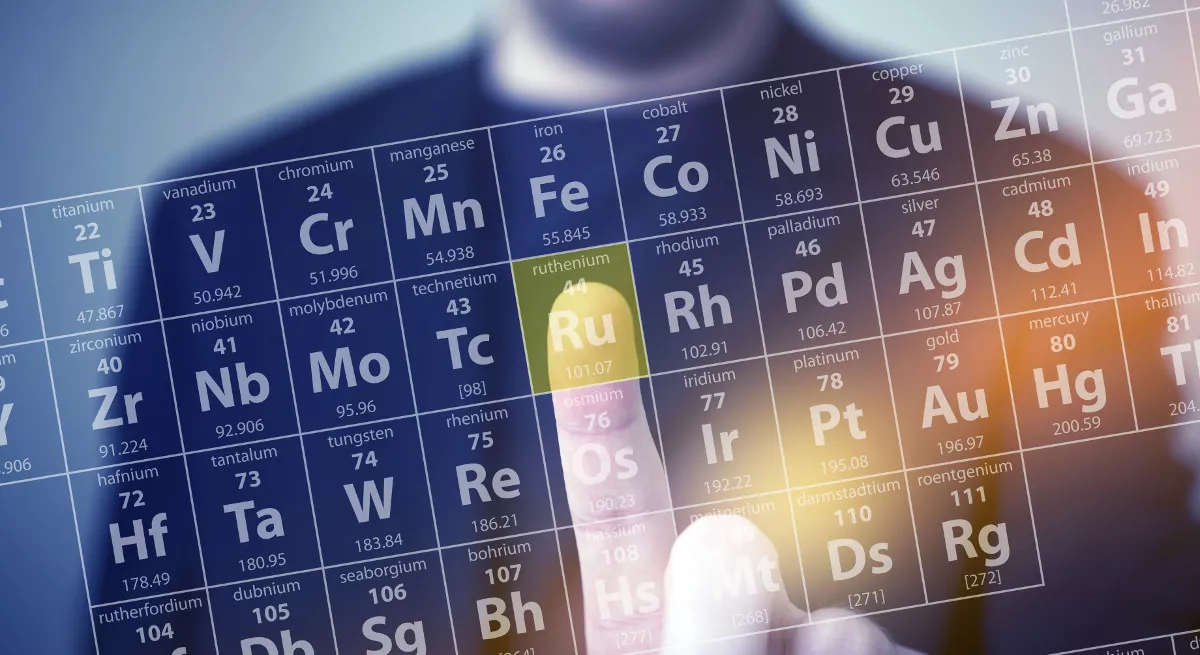
In this blog, we are going to discuss the spectrochemical series. We will also reflect on weak field ligands and strong field ligands and in the end we will compare the difference between strong field ligands and weak field ligands.
History
The spectrochemical series was established in 1938. This series is based on the results of the absorption spectra of cobalt complexes. Basically, this series is a list that contains ligands arranged or organized by strength.
Definition
A series that arrange the ligands form a large splitting value to a small splitting value is known as spectrochemical series.

What is Crystal Field Splitting?
In Crystal Field Theory (CFT), ligands change the energy differential between the d orbitals which is known as crystal field splitting.
Types of Ligands
There are two types of ligands.
- Weak Field Ligands
- Strong Field Ligands
Weak Field Ligands
Weak field ligands have a low crystal field splitting and have a high value of spin.
Example
Chloride ions and Fluoride ions.
Strong Field Ligands
Strong field ligands have a high/big crystal field splitting and have a low spin value.
Co and Cyanide ions.
Difference between Strong field ligands and Weak field ligands
Strong Field Ligands
- These Ligands are used in octahedral complexes in which crystal field stabilization energy is greater than the pairing energy (p).
- Low spin complexes are formed by these ligands.
- Mostly diamagnetic or less paramagnetic in nature complexes are formed.
- These ligands may cause the rearrangement of d electrons in the metal.
- Contains C, N, and P as donor sites.
Weak Field Ligands
- These ligands are used in octahedral complexes in which crystal field stabilization energy is less than the pairing energy (p).
- High spin complexes are formed by these ligands.
- Generally, paramagnetic in nature complexes are formed.
- These ligands do not cause the rearrangement of d electrons in the metal.
- Contains X, O, and S as donor sites.
The spectrochemical series arranges ligands in order of their field strength as
I– < Br– < Cl– < SCN– < F– < OH– < C2O42- < H2O < NCS– < EDTA4- < NH3 < en < CN–< CO
Uses of spectrochemical series
- This series can be used to predict the relative d-orbital splitting of two complexes containing the same metal ion with the different ligands.
- The relative frequency of the absorption band can also be predicted.



Leave a Reply